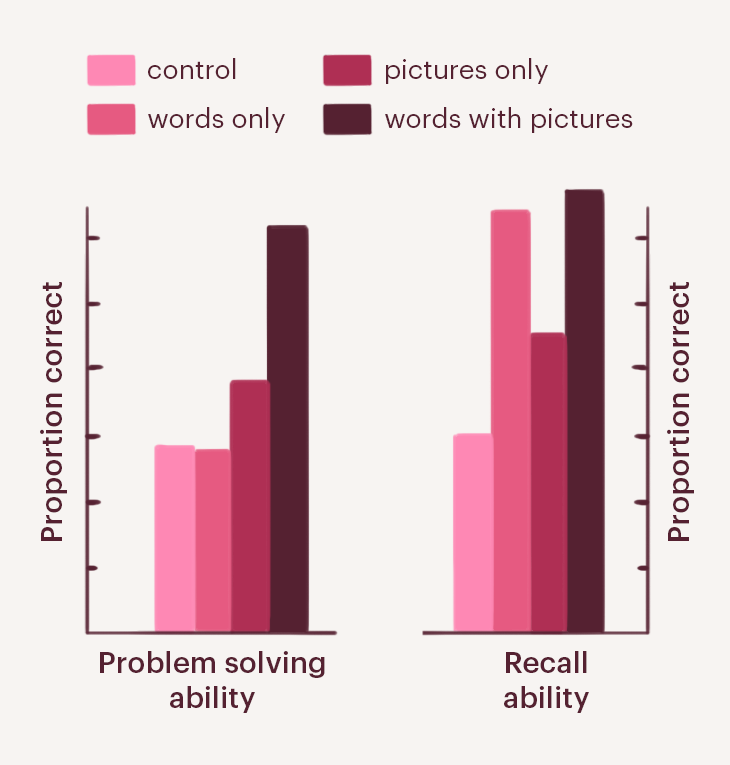The Science of Stile's Revision Resources: Dual coding
Dual coding is the final evidence-based learning strategy we’re exploring in the Science of Stile's Revision Resources blog series!

By Kat Gentry, Special Projects Lead at Stile Education
What is dual coding?
Dual coding provides students with opportunities to learn a concept in both verbal and non-verbal ways. This gives them two pathways to remembering and understanding.
How does dual coding work?
Cognitive scientists believe that visual information is processed differently to verbal information. So, when we learn with visuals (images, graphic organizers, flow charts, diagrams) and words, we provide our brain with more channels to understand and recall information. Be warned: dual coding is more than just adding pictures! Students should have time to connect the verbal and visual representations and think about the different information they provide.

Examples:
- Using a Venn diagram to compare sexual and asexual reproduction
- Creating an icon to represent an idea or issue
- Labelling or drawing a diagram to match what you’ve read about
Non-examples:
- Drawing a picture without connecting it to verbal information
- Writing an essay
How Stile's revision resources embed dual coding:
Many of the activities in Stile's revision resources ask students to dual code. For example:
- Creating labelled flow charts and graphic organizers
- Sketching ideas or creating icons
- Creating comic strips
- The structured note-taking requires students to represent knowledge in different visual hierarchies (e.g. indented dot points, two-columns)
Dive into the research
- Animations need Narrations
- A brilliant book: Dual coding with teachers, or this podcast with the author, Oliver Caviglioli
- Dual coding is different to learning styles
Want to learn more about Stile's revision resources?
Find out more here.

